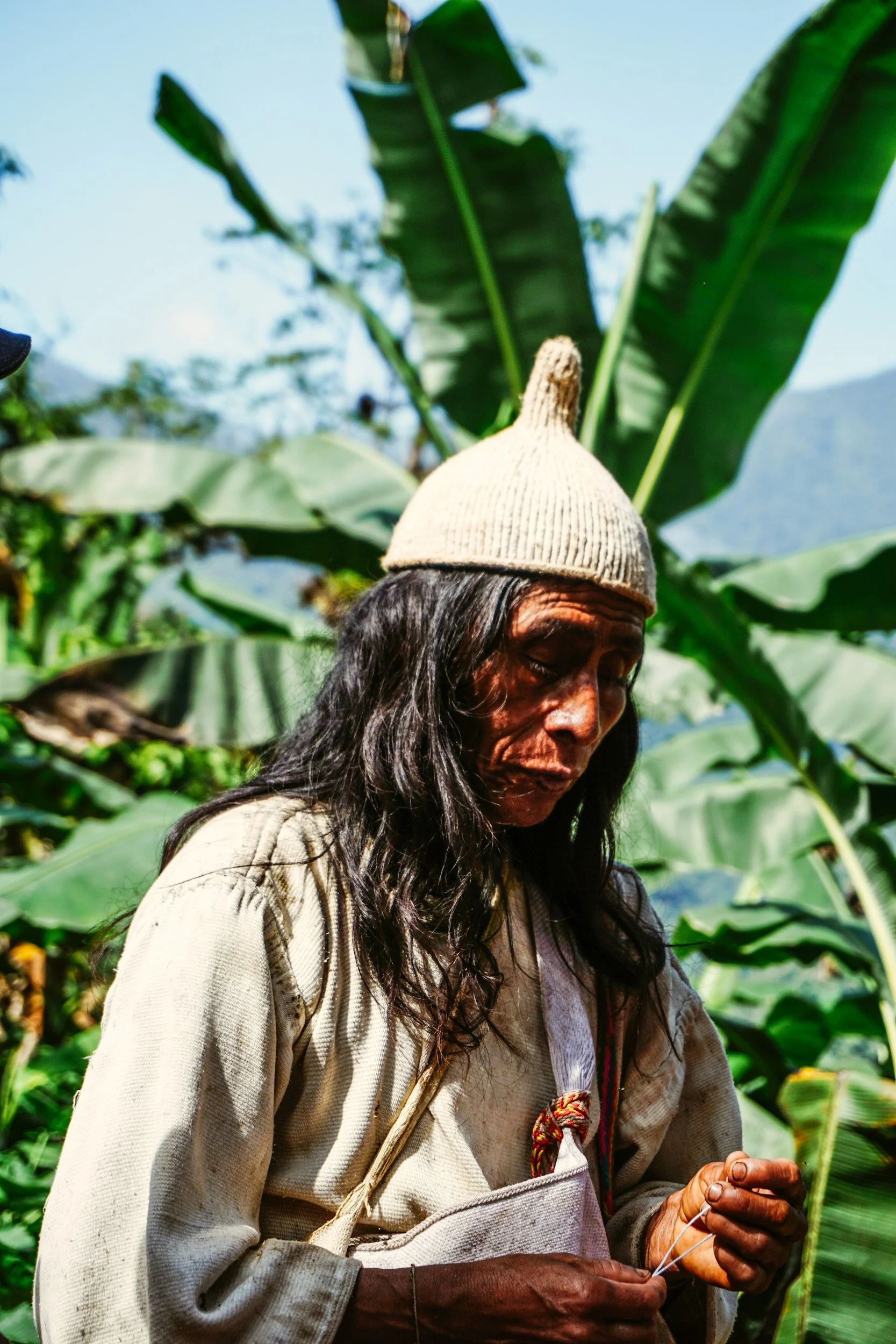Colombia’s Living Landscapes: How Communities Are Rewilding Paradise
Across Colombia, communities are healing what was once broken — reforesting land, reviving ancestral wisdom, and proving that regeneration begins with belonging.
From the misty páramos to the Caribbean coast, Colombia is quietly leading a transformation. Guided by indigenous guardians and rural communities, ecosystems once scarred by conflict are returning to life. This is not just environmental restoration — it’s cultural rebirth.
From Recovery to Regeneration
In Colombia, the story of the land mirrors the story of its people — both marked by resilience.
Once defined by extraction and division, vast territories are now becoming laboratories of renewal. Rewilding projects across the Amazon, Andean highlands, and Caribbean mangroves are restoring balance and biodiversity.
According to the Ministry of Environment (2024), over 500,000 hectares of degraded ecosystems are currently under community-led regeneration programs — a living testament to Colombia’s commitment to healing.
Communities as Custodians
Regeneration here isn’t imposed; it’s remembered. Indigenous and Afro-Colombian communities have long understood that caring for the land means caring for the spirit.
In Sierra Nevada de Santa Marta, the Arhuaco people replant sacred trees guided by ancient lunar cycles. Along the Magdalena River, farmers who once grew monocultures now protect wetlands that nurture birds and livelihoods alike.
These initiatives go beyond ecology. They restore identity, dignity, and trust — the invisible soil where true regeneration takes root.
Guided by ancestral cycles, the land learns to breathe again.
Rewilding as Reconciliation
Where violence once defined the landscape, life is returning. The Caquetá Peace Forest Project, supported by local cooperatives and ecotourism groups, transforms former conflict zones into corridors of biodiversity and learning.
Travelers are invited not as spectators, but as witnesses. Every step, every shared story, becomes a gesture of reconciliation — between people and planet.
The Role of Regenerative Travel
When visitors participate in tree planting, soil restoration, or storytelling circles, they engage in a quiet revolution: travel as restoration.
Regenerative tourism in Colombia bridges ecology and empathy. It invites travelers to move beyond seeing — toward belonging. And in that belonging, we find the truest form of paradise.
Perhaps the greatest act of travel is not to explore new lands, but to help them heal.
Because when we nurture the places we visit, we begin to remember the place we come from — Earth.
References:
Ministry of Environment of Colombia (2024). National Restoration and Rewilding Program.
UNDP Colombia (2023). Peace Forests and Community-Based Regeneration.
World Economic Forum (2024). The Role of Nature-Based Solutions in Latin America’s Future.
The Guardian (2024). From Conflict to Conservation: Colombia’s New Era of Rewilding.
Conservation International (2023). Biodiversity Recovery in the Colombian Andes.


